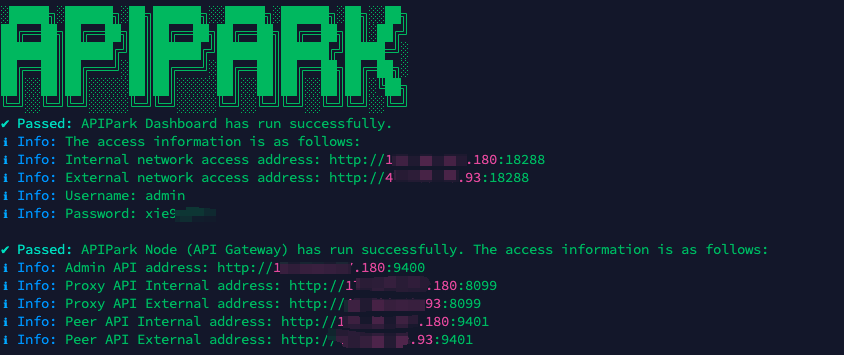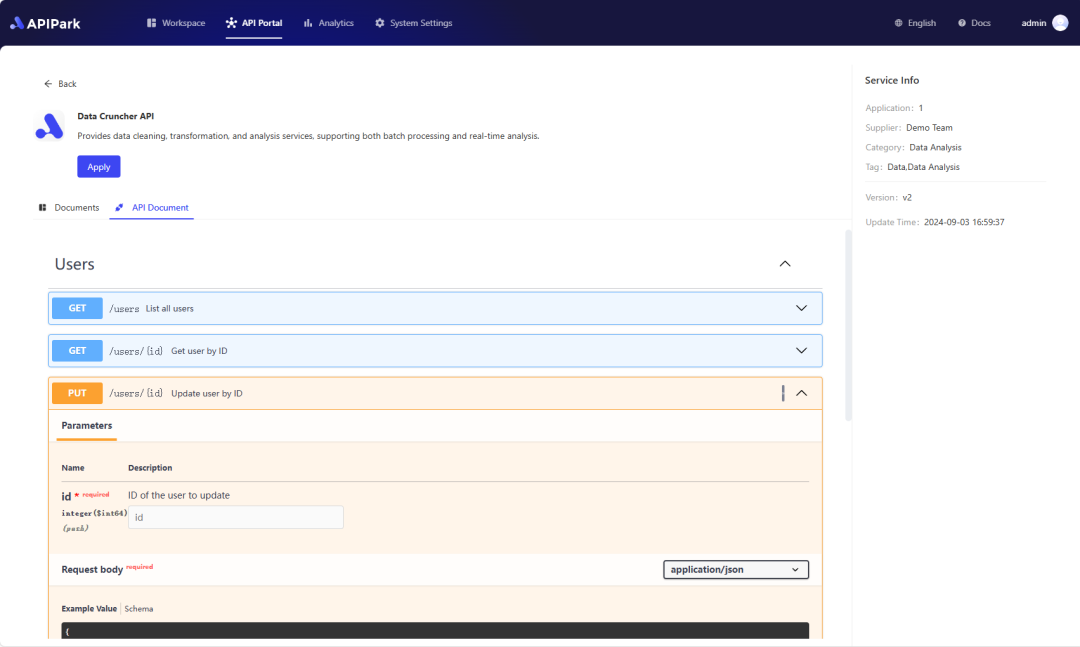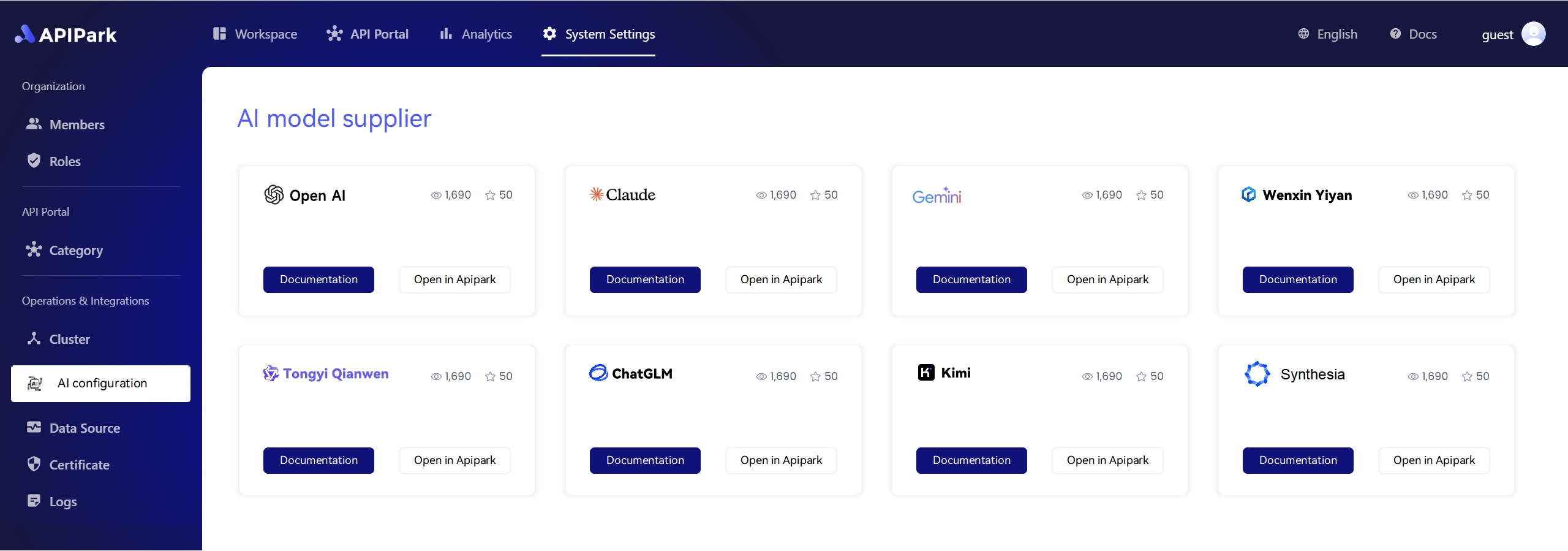In today’s digital landscape, where businesses increasingly rely on technology for their operations, the ability to manage multiple services efficiently is paramount. This showcases the importance of multi-tenancy load balancers in a modern API management context. This article delves into the intricate workings of multi-tenancy load balancers, their key features, and the benefits they offer to organizations. Furthermore, we will highlight various tools in this domain, including APIPark and Wealthsimple LLM Gateway, while emphasizing the role of OpenAPI and API Upstream Management.
What is Multi-Tenancy?
Multi-tenancy is an architecture in which a single instance of software serves multiple clients or “tenants.” Each tenant shares the software application but retains its own separate data and configurations. This model is beneficial in various environments, particularly cloud services, where efficiency and resource sharing can significantly reduce costs.
Understanding Load Balancers
Load balancers are critical components in the management of network traffic and resource allocation. They distribute incoming network traffic across multiple servers to ensure that no single server becomes overwhelmed. This strategy enhances application availability and reliability while optimizing resource usage and performance.
Combining load balancing with multi-tenancy allows organizations to serve multiple tenants from a single platform, significantly reducing infrastructure costs. This is where multi-tenancy load balancers come into play.
Key Features of Multi-Tenancy Load Balancers
1. Resource Isolation and Security
One of the most essential aspects of a multi-tenancy load balancer is its ability to provide resource isolation. Despite sharing the same infrastructure, each tenant should not interfere with others. This feature ensures that tenants can operate securely, maintaining their data integrity and confidentiality.
| Feature | Description |
|---|---|
| Resource Isolation | Prevents data leakage between tenants, ensuring security. |
| Performance Monitoring | Monitors each tenant’s resource usage for optimization. |
2. Scalability and Flexibility
Multi-tenancy load balancers are designed to automatically scale according to demand. This means resources can be allocated dynamically based on the usage patterns of different tenants. Organizations can efficiently manage high traffic loads during peak hours without compromising performance.
3. Centralized Management
A multi-tenancy load balancer provides a centralized interface for managing all tenants. This feature simplifies operations for administrators who can monitor traffic, allocate resources, and handle configurations from one location.
4. Billing and Usage Tracking
With a multi-tenancy setup, organizations can efficiently track the usage of API services by each tenant. Usage-based billing becomes easier, and this transparency allows organizations to optimize costs and manage budgets effectively.
How APIPark Implements Multi-Tenancy Load Balancers
APIPark is a robust platform designed for managing APIs efficiently. Its architecture enables multi-tenancy, making it ideal for organizations that serve multiple clients and require seamless load balancing across services.
Key Features of APIPark
-
API Service Centralization: APIPark centralizes API service management, which helps avoid fragmentation across departments. This aids in better resource utilization and minimizes redundancy.
-
Full Lifecycle Management: APIPark covers the entire lifecycle of APIs, from design to decommissioning. This streamlined management ensures that APIs remain effective and efficient throughout their operational life.
-
Approval Workflow: With an API resource approval process, organizations can maintain governance and compliance. Tenants need to apply for API access, ensuring that all interactions are legitimate.
-
Detailed Call Logs and Analytics: APIPark provides detailed analytics and logging for API calls, enabling better tracking and issue resolution. This transparency assists in maintaining the quality of services offered to different tenants.
Bridging Multi-Tenancy with Wealthsimple LLM Gateway
Wealthsimple LLM Gateway is another tool that integrates with load balancers, supporting multi-tenancy. This gateway empowers organizations to access AI-driven services, such as language modeling, while maintaining efficiency and security in a shared environment.
Using OpenAPI with Wealthsimple LLM Gateway
Integrating OpenAPI with the Wealthsimple LLM Gateway promotes streamlined service definitions. OpenAPI specifications enable clear communication between the API and consumers, making it easier for developers to understand how to interact with the AI services provided.
Using the following code snippet, developers can initiate a call to the Wealthsimple LLM Gateway efficiently, showcasing the integration of OpenAPI:
curl --location 'https://api.wealthsimple.com/llm/v1/endpoint' \
--header 'Content-Type: application/json' \
--header 'Authorization: Bearer your_api_token' \
--data '{
"input": "What is the weather like today?",
"parameters": {
"language": "en"
}
}'
In this example, ensure that you replace your_api_token with the actual authentication token. This interaction demonstrates how simple it is to utilize powerful AI services in a multi-tenant architecture.
Advantages of Multi-Tenancy Load Balancers
-
Cost-Efficiency: By utilizing a shared infrastructure, organizations can significantly cut down on operational costs. This approach minimizes resource redundancy.
-
Higher Availability and Reliability: Load balancers distribute traffic, ensuring that applications remain available even under heavy use. This reliability builds trust with clients and users who depend on consistent service.
-
Improved Resource Utilization: Multi-tenancy allows organizations to optimize resource use better. Resources can be allocated dynamically, ensuring that they are used as efficiently as possible.
-
Quicker Deployment Times: Multi-tenancy combined with load balancing enables faster deployment of services and applications. Organizations can respond swiftly to market demands and changes.
-
Enhanced Customer Experience: By ensuring high availability and reliable performance, businesses can improve the overall user experience. This reliability translates to better customer satisfaction and retention.
Challenges and Considerations
Despite the advantages, integrating multi-tenancy with load balancing also presents challenges. Key considerations include:
-
Complexity in Management: Managing multiple tenants can introduce complexity in terms of configuration and resource allocation.
-
Security Risks: A shared environment increases the risk of data breaches if isolation is not managed effectively. Strong security measures must be in place.
-
Performance Variability: Resource-heavy tenants can potentially impact performance for others. Efficient resource distribution becomes essential to mitigate this risk.
Conclusion
In conclusion, multi-tenancy load balancers are a vital component of modern API management. They provide organizations with the flexibility to serve multiple clients efficiently while ensuring resources are optimized and performance is maintained. Tools like APIPark and Wealthsimple LLM Gateway exemplify how businesses can leverage this architecture to provide high-quality services.
The functionalities offered by multi-tenancy load balancers enable organizations to enhance their operational capabilities while reducing costs, making this approach indispensable in today’s competitive environment.
APIPark is a high-performance AI gateway that allows you to securely access the most comprehensive LLM APIs globally on the APIPark platform, including OpenAI, Anthropic, Mistral, Llama2, Google Gemini, and more.Try APIPark now! 👇👇👇
As businesses continue to evolve in their technological applications, understanding and utilizing multi-tenancy load balancers will become increasingly critical for success. Adaptability, efficiency, and reliability are at the forefront of this strategy, paving the way for a more integrated and collaborative future.
Further Reading
For those interested in enhancing their understanding of multi-tenancy and load balancing, consider exploring the following resources:
- The Architecture of Open Source Applications – An insightful book on software architecture principles that can help you understand multi-tenancy in more depth.
- API Management Best Practices – This guide offers best practices for API management, emphasizing the importance of load balancing and security in a multi-tenant environment.
By leveraging the capabilities of modern tools like APIPark and Wealthsimple LLM Gateway, organizations can ensure they are well-positioned for the future, providing value to their clients while maintaining a robust and efficient technological infrastructure.
🚀You can securely and efficiently call the Gemni API on APIPark in just two steps:
Step 1: Deploy the APIPark AI gateway in 5 minutes.
APIPark is developed based on Golang, offering strong product performance and low development and maintenance costs. You can deploy APIPark with a single command line.
curl -sSO https://download.apipark.com/install/quick-start.sh; bash quick-start.sh

In my experience, you can see the successful deployment interface within 5 to 10 minutes. Then, you can log in to APIPark using your account.

Step 2: Call the Gemni API.
